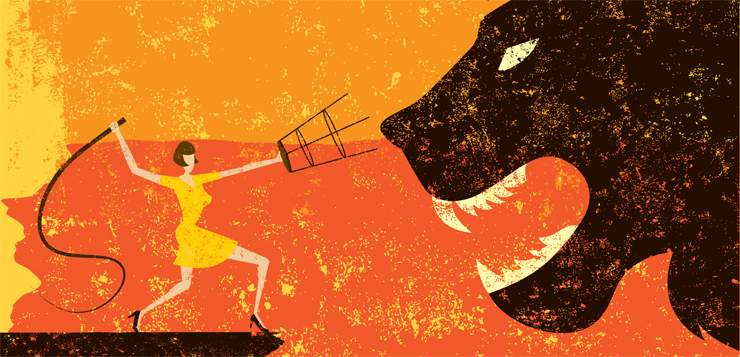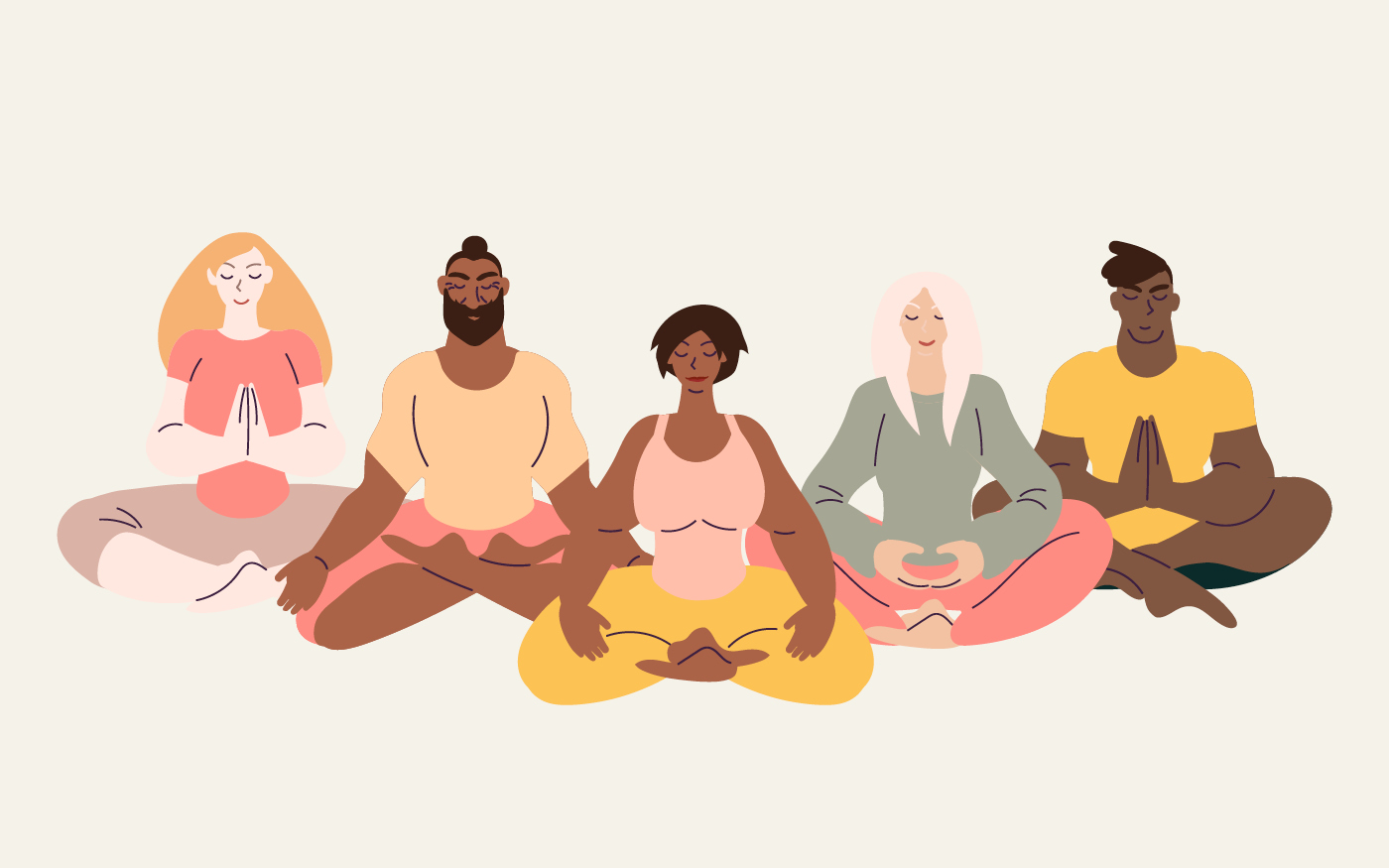Lately, many of us have been living in time of fear, which translates to a lot of anxiety.
Fear is a powerful physiological response, orchestrated by a complex threat detection system in our brain, the amygdala being one player in that system. Our brain’s primary responses to fear are short-term: fight, flight, freeze and forget-it (okay maybe not always “forget-it.”) For some people a range of these emotions washed over them on election night, for many others they’ve been feeling these emotions acutely ever since.
But here’s the thing, when the threat detection system in our brain is activated, and fear takes over, other areas of the brain aren’t as active, making it difficult for us to do our best thinking. Things like being able to see the big picture clearly, discern danger from reality, see nuance and complexity, plan long-term solutions, and problem solve become challenging.
While we’re all wired to think and feel, to fear and fret, we’re also wired to “attend” and “befriend,” as psychologists would say. We might also call these natural responses “mindfulness” and “compassion.”
So how do we ease out of fear mode? This is what mindfulness was made for. Fear and anxiety often go hand-in-hand with dwelling on the past or worrying about the future. And the very nature of mindfulness is to notice when our thoughts drift ahead of or behind the present moment.
Try this mindfulness practice right now:
- Take a moment and think about how fear has shown up in your life lately. Where are your thoughts now? Where have they been? How do your thoughts feel in your body?
The good news is that we can observe our reactions without letting them consume us. While we’re all wired to think and feel, to fear and fret, we’re also wired to “attend” and “befriend,” as psychologists would say. We might also call these natural responses “mindfulness” and “compassion.” These responses are not just feel-good sentiments, but natural to all of us, and extremely useful in times of uncertainty and fear.
How to Attend To and Befriend Fear
I can still recall where I was when I heard about the Boston Marathon bombing. I was 6000 away in Helsinki, Finland, leading a mindfulness workshop when I un-mindfully checked my phone during the lunch break to a torrent of messages asking if I was okay. Checking the news, I saw the bloody photos of fearful faces on the streets I’d walked down my whole life, at an event I grew up watching a few blocks from my house. Fear struck, I acknowledged it, and my response turned to “attend,” thinking through how I could be most helpful from so far away, and “befriend,” caring for myself and reaching out to my friends and family back home to offer my love and support. Had I been at the finish line, fight or flight, or freeze and hide would have absolutely been the most useful responses, and did save the lives of many people I knew back home.
So how can we calm the fear response and the trouble it can cause, and shift into attend and befriend? Remember that brains, hearts and minds under perceived emotional or physical threat will literally never open during those fight, flight, freeze or forget it moments. We don’t learn, we don’t think, we don’t love unless we feel safe and open enough to attend and befriend.
A mindfulness practice for attending to and befriending fear:
- Take a breath and feel what’s happening in your body.
- Notice where your thoughts are. Are they in the past? In the future?
- Can you observe any fight, flight, freeze or forget it responses?
- Try one (or a few) of the following to befriend and attend to your fears:
- Meditate. Try a compassion and self-compassion meditation practice. This can ease those unhelpful fight (anger) and flight (anxiety) feelings.
- Care for your body. Exercise, stretch, eat healthy, and get a good night’s sleep to build a strong foundation against fear within our bodies.
- Be with friends. Reaching out to others, spending time with them, and, if you feel brave, telling them you care about them, can quiet down the fear response and even the pain circuits in our nervous system.
- Carry yourself. When we sit and stand up tall, we can increase our feelings of power. Some research even suggests we can increase our happiness and uplift our mood when we embody power.
My challenge to myself as I emerge from fear, is to consider the ways I can open heart and mind to those I disagree with, and feel safe and even listened to, whether I agree or not. In fact, research recently found that ten minutes of being listened to allowed people to feel safe and comfortable enough to change their minds. Real listening can only happen when we’re not fearful. So, please keep this in mind as we move through the holidays and into a new, and uncertain, year. Change starts from within, and fear will always stand in the way.








